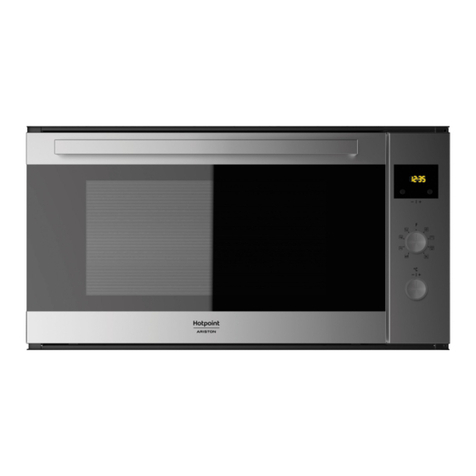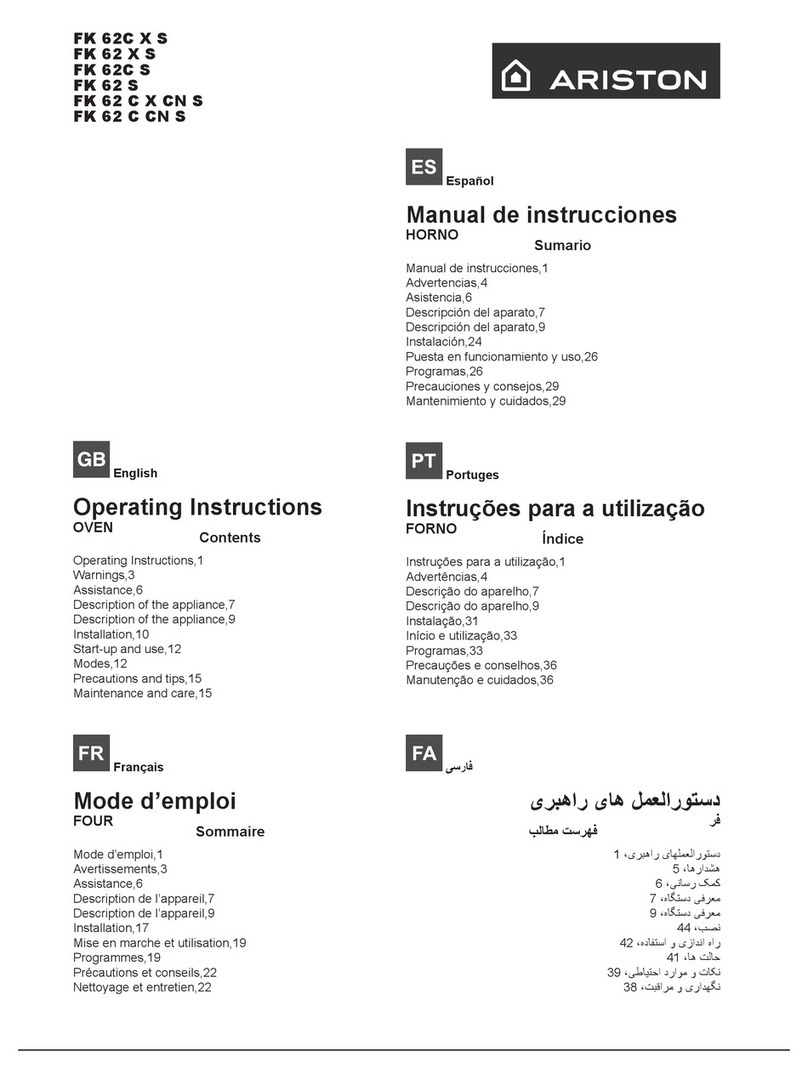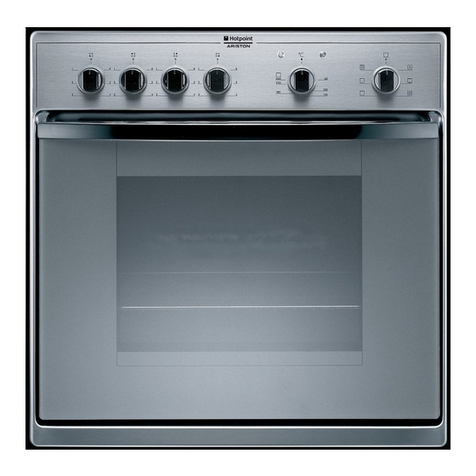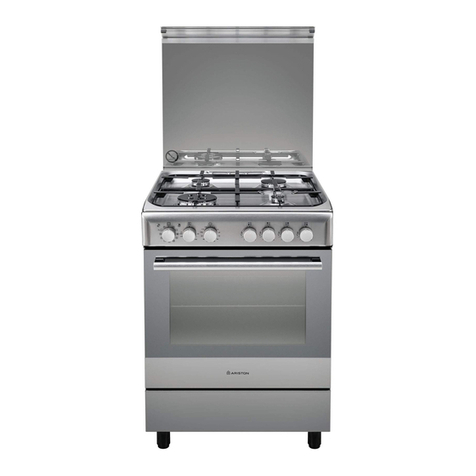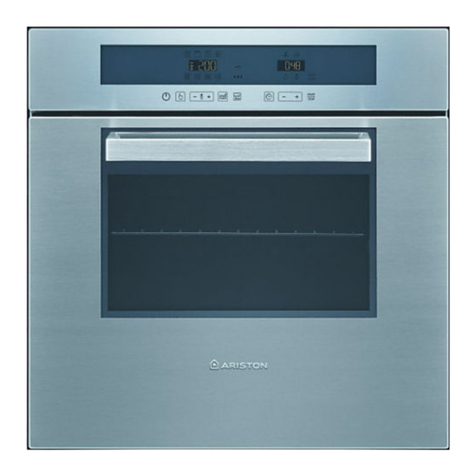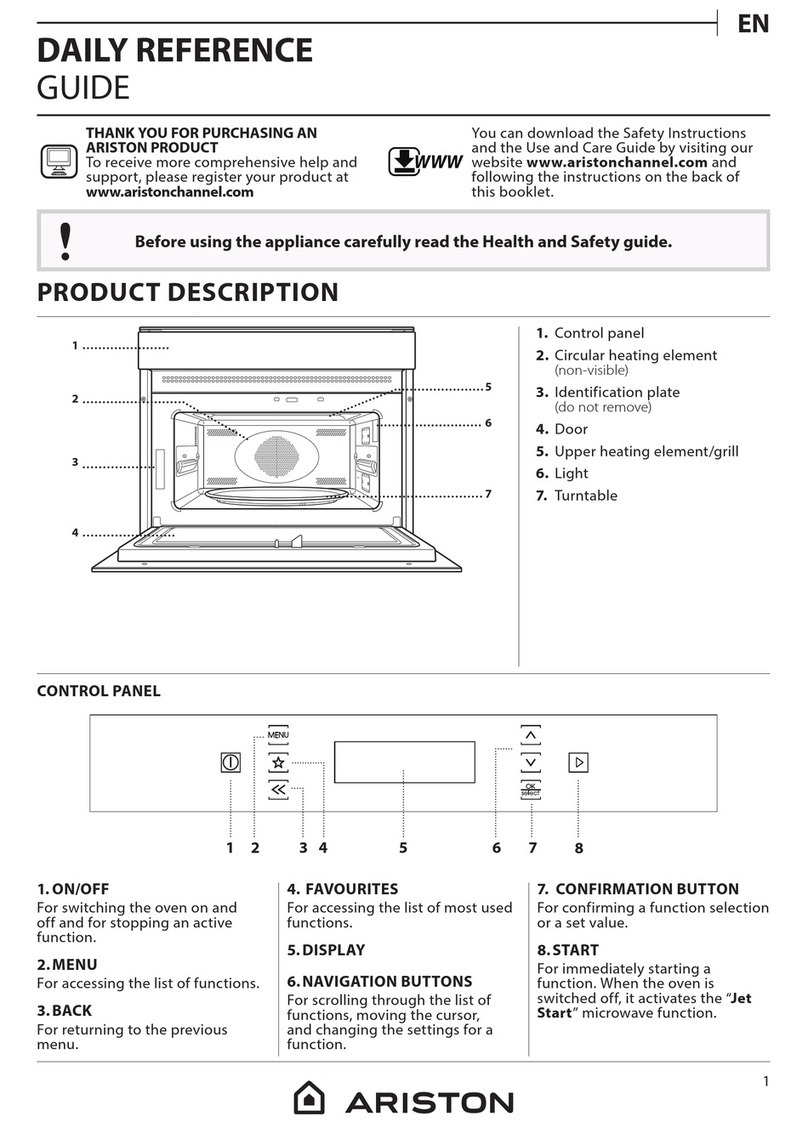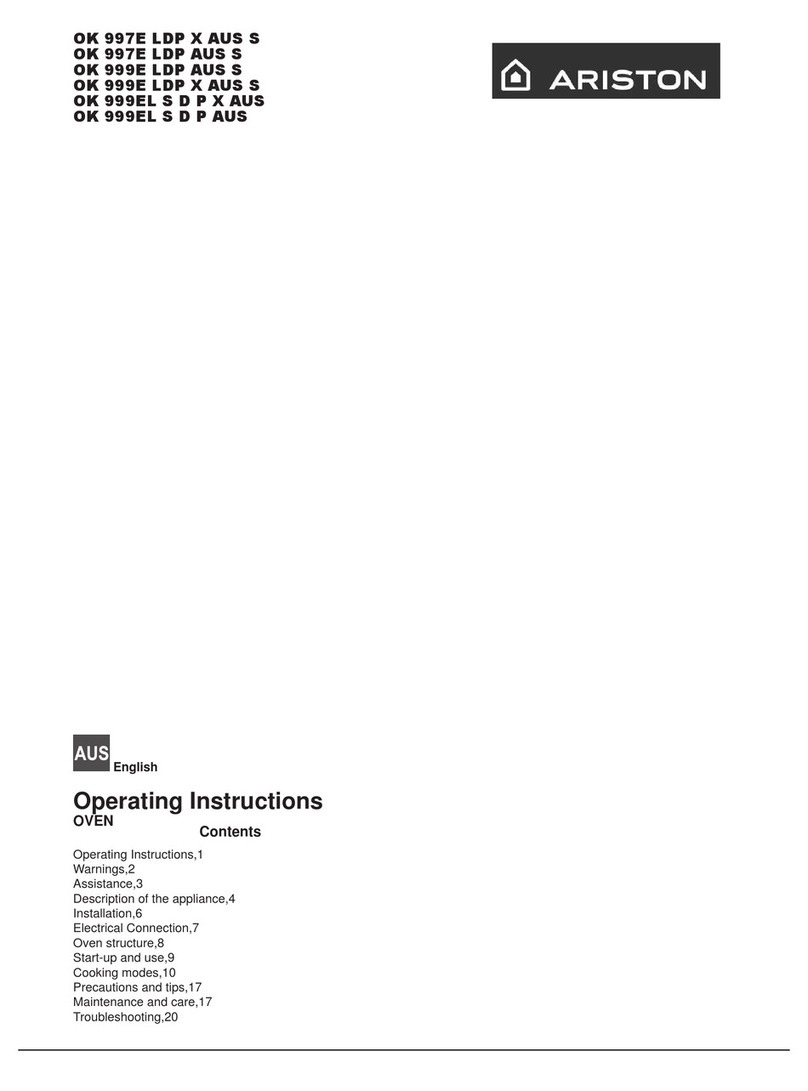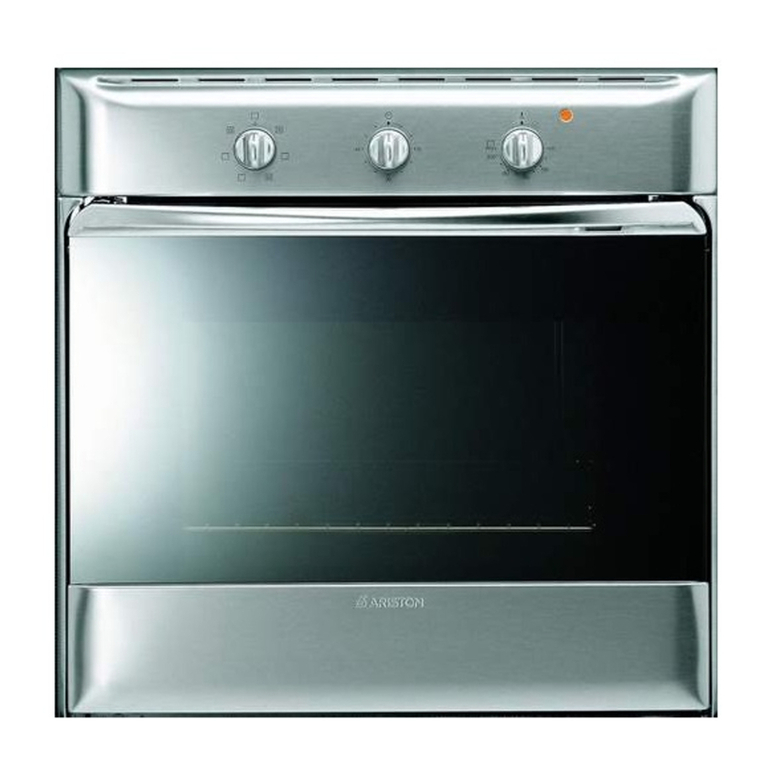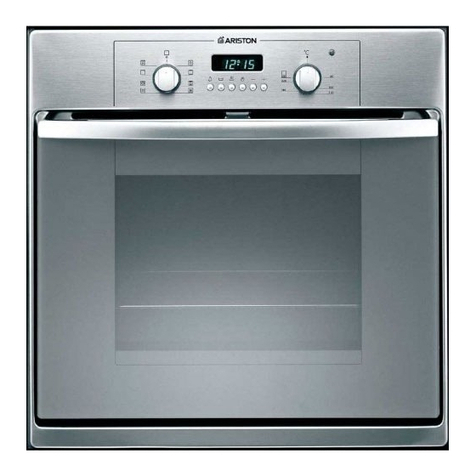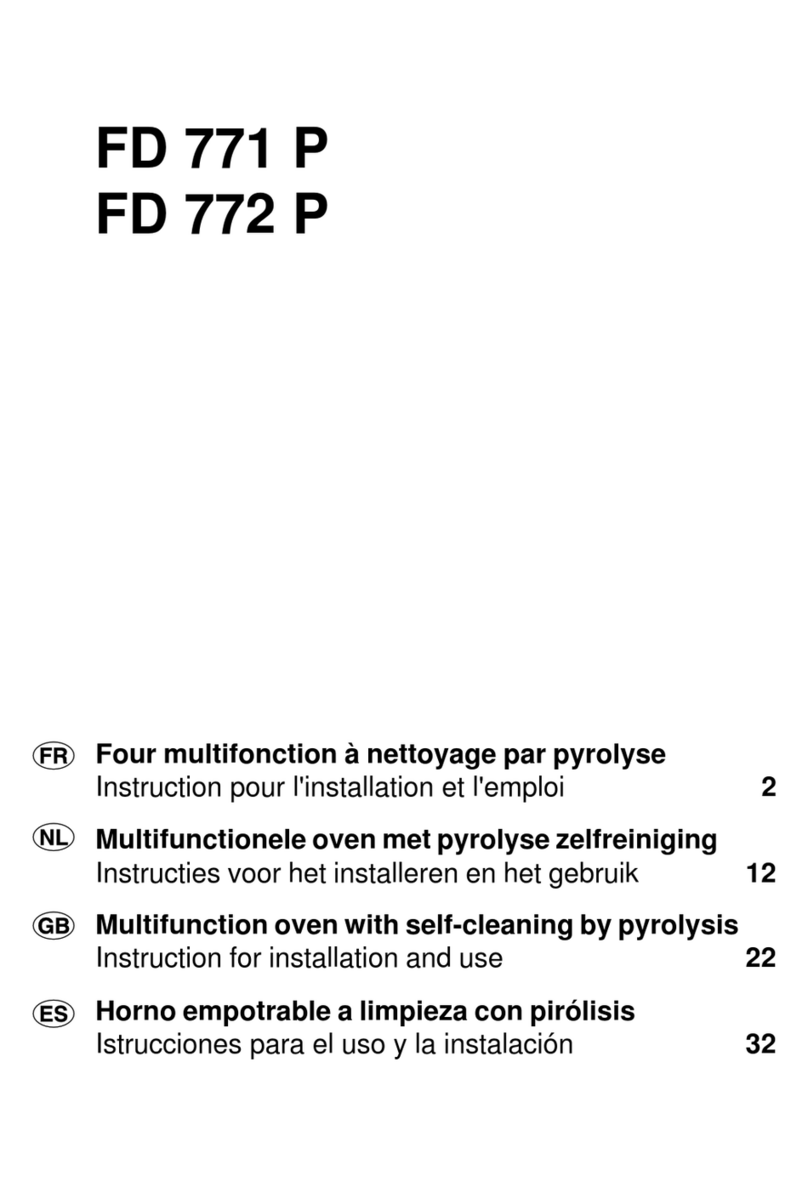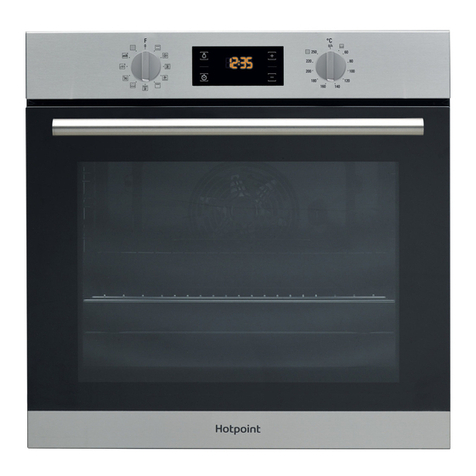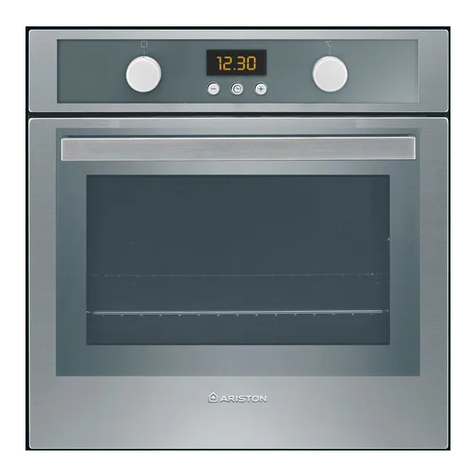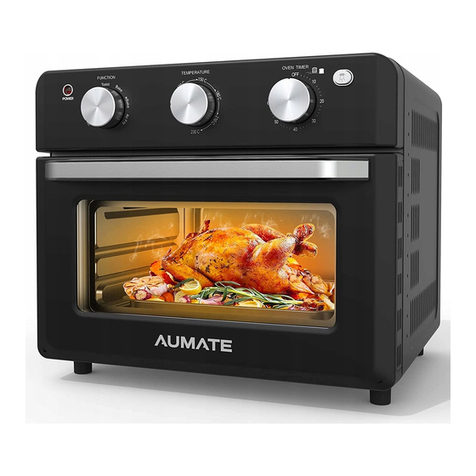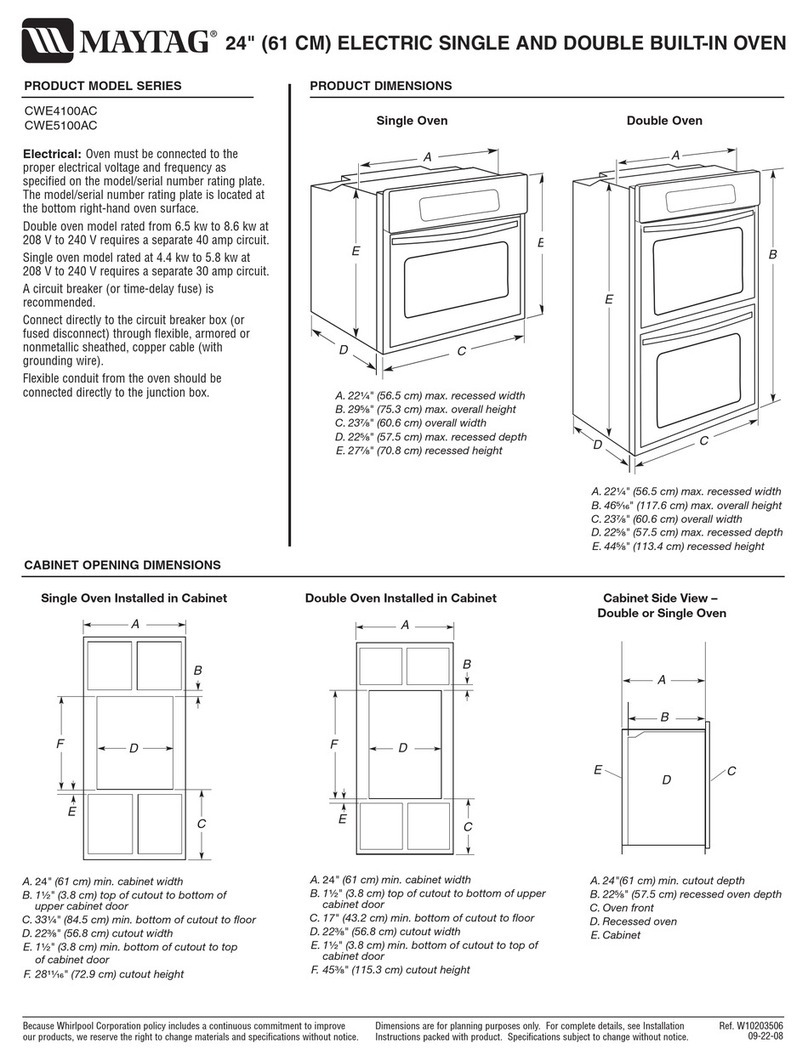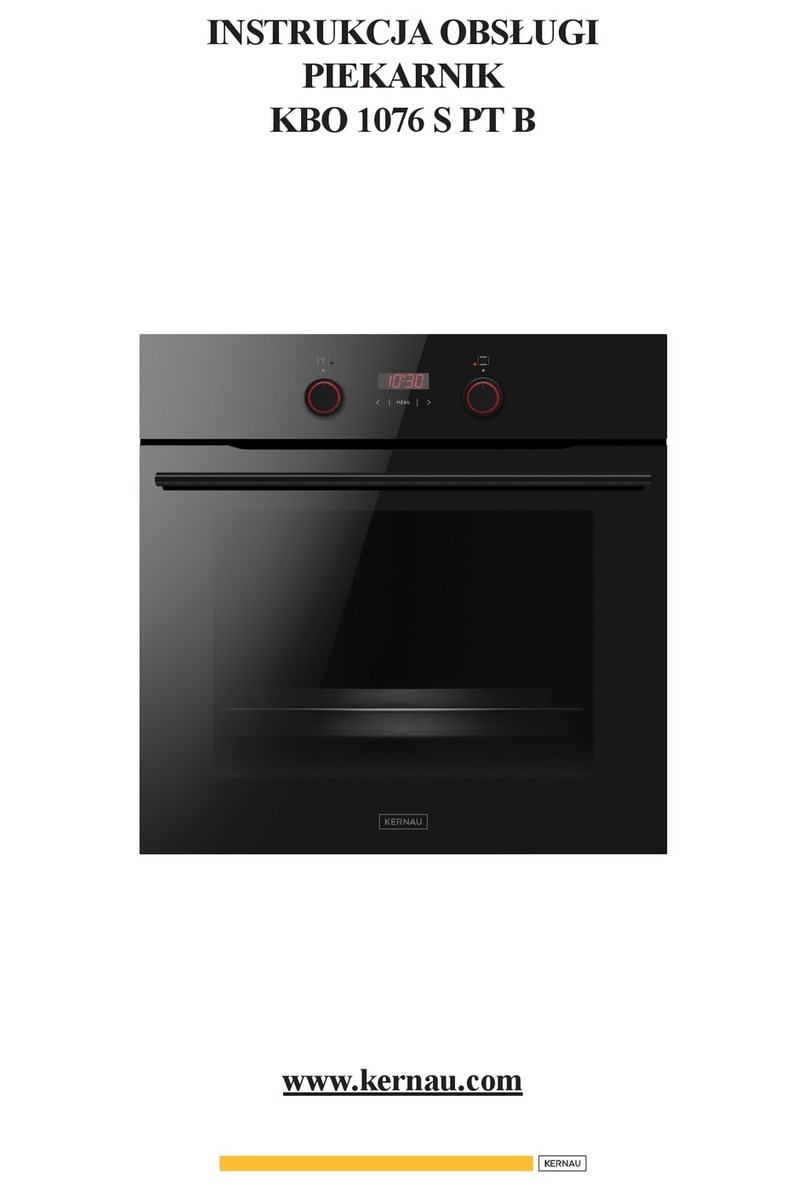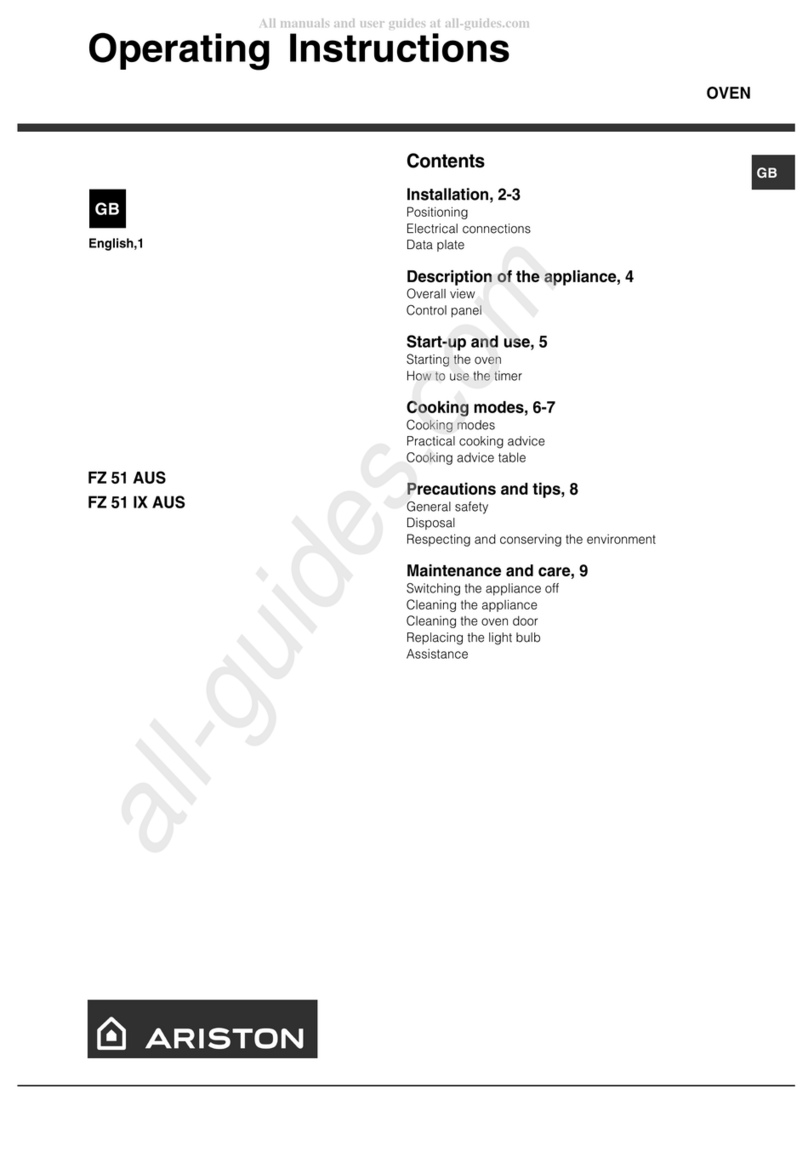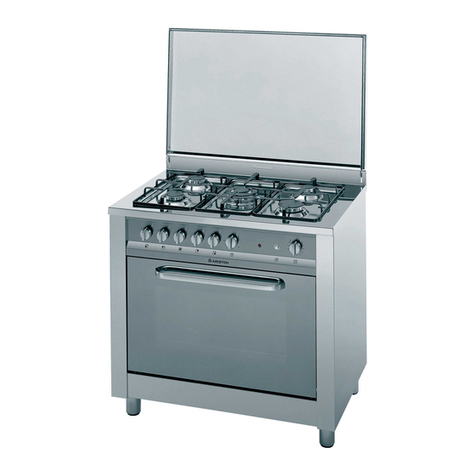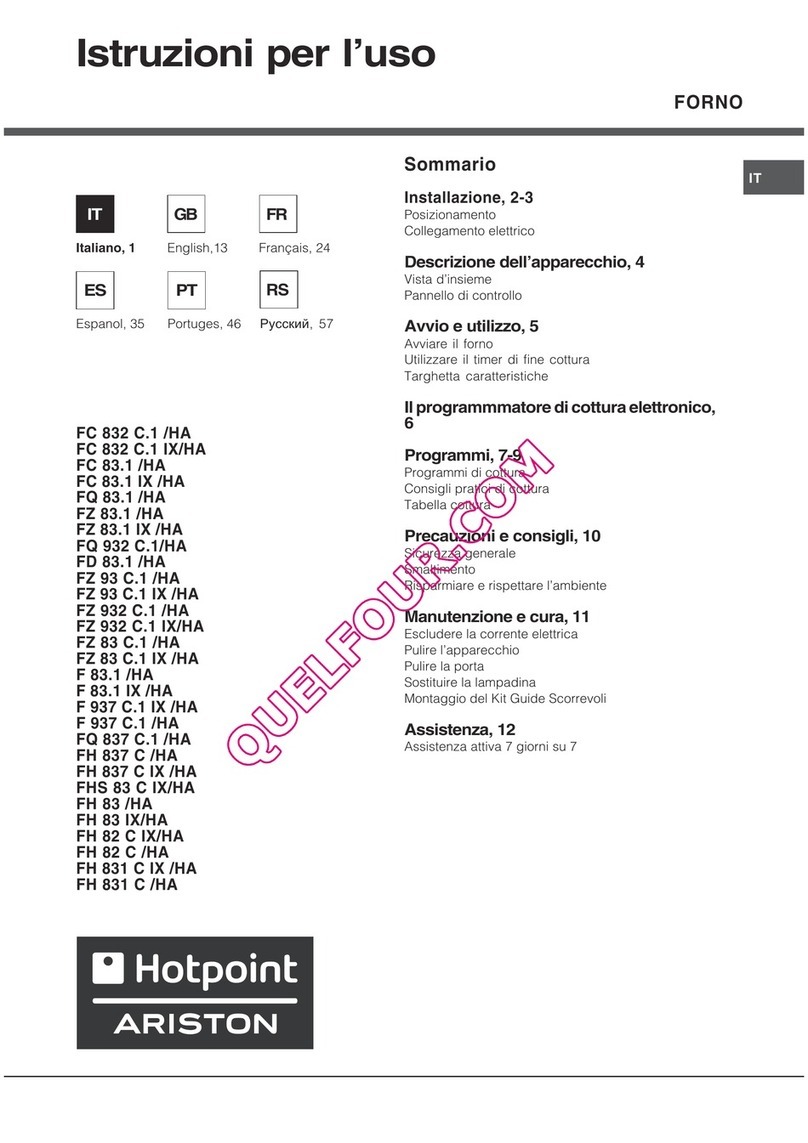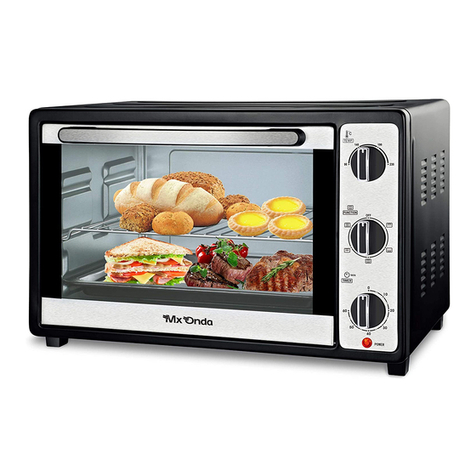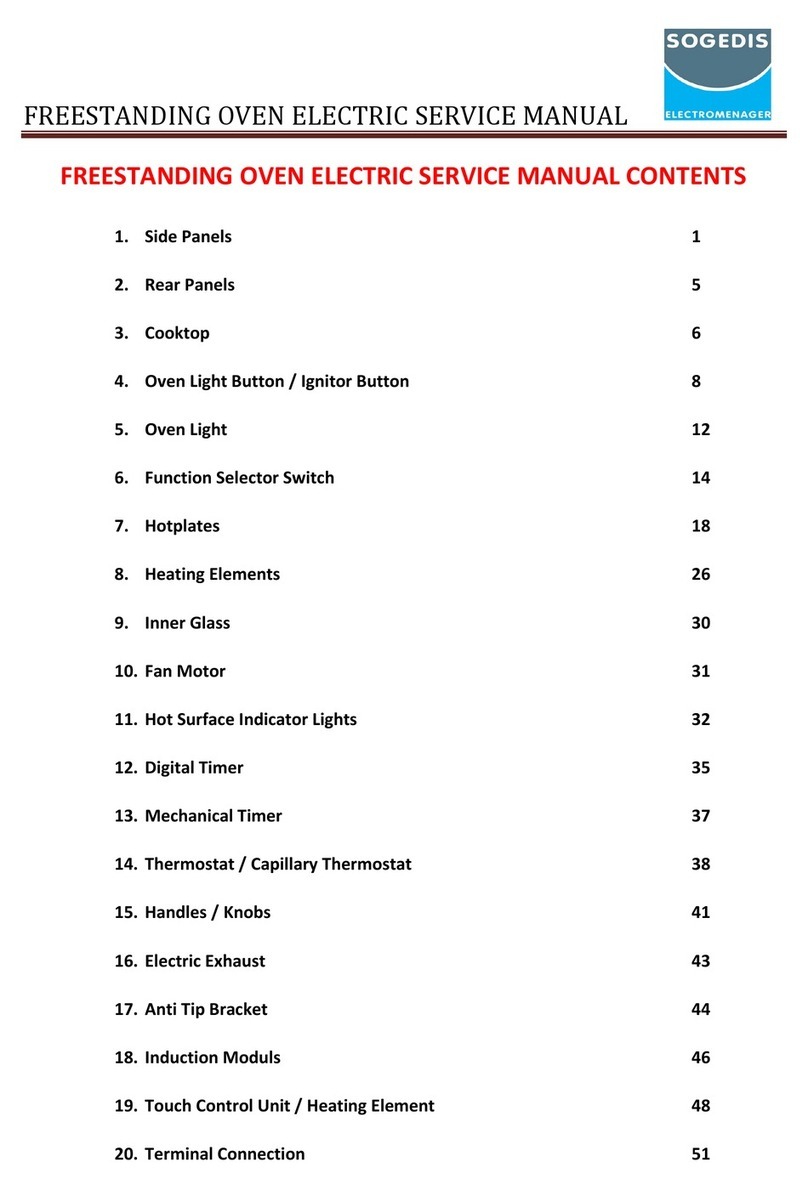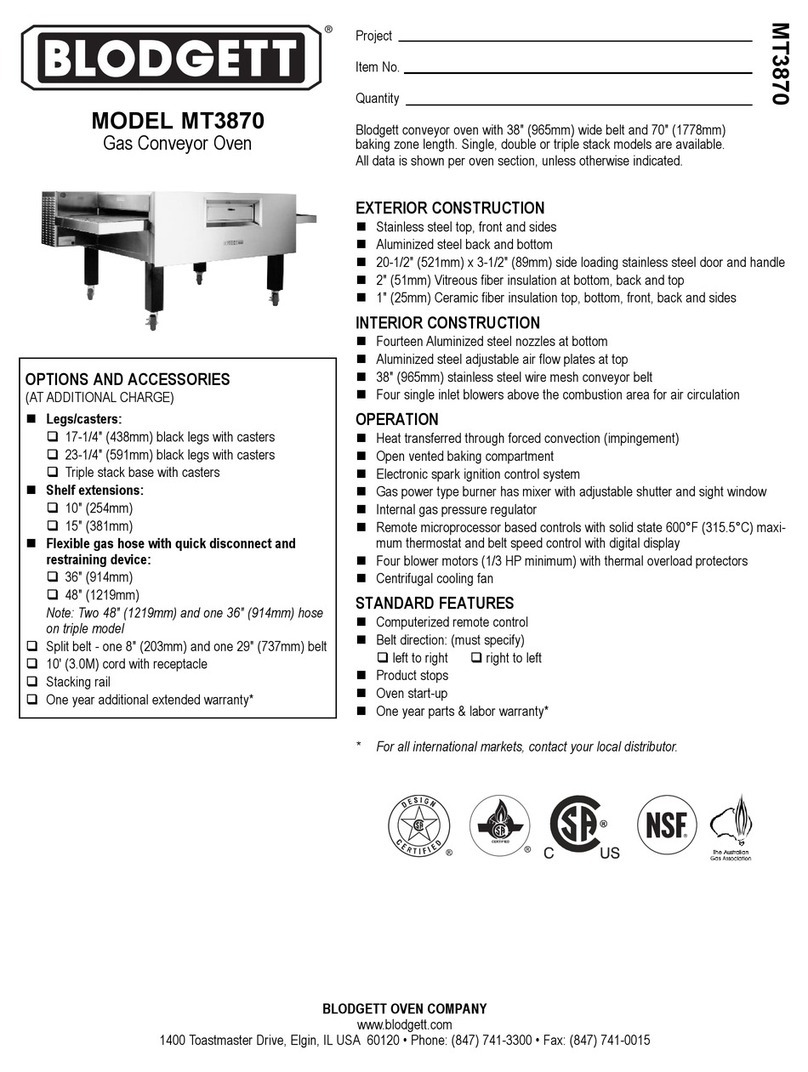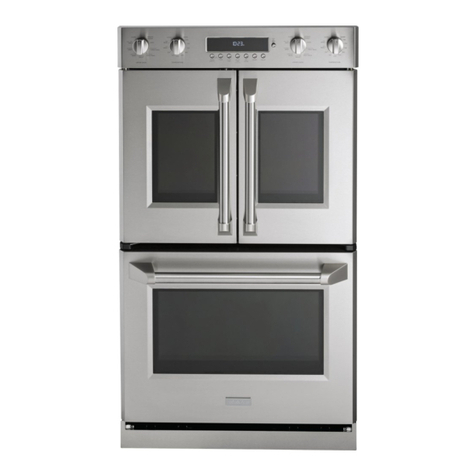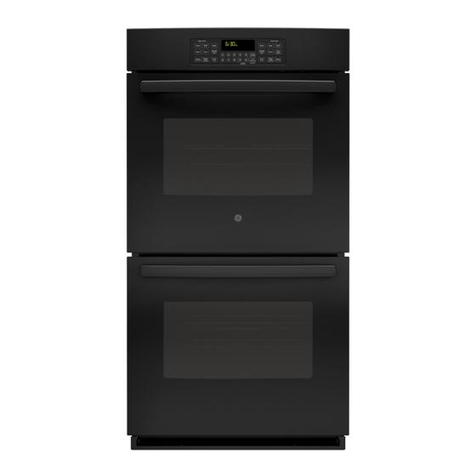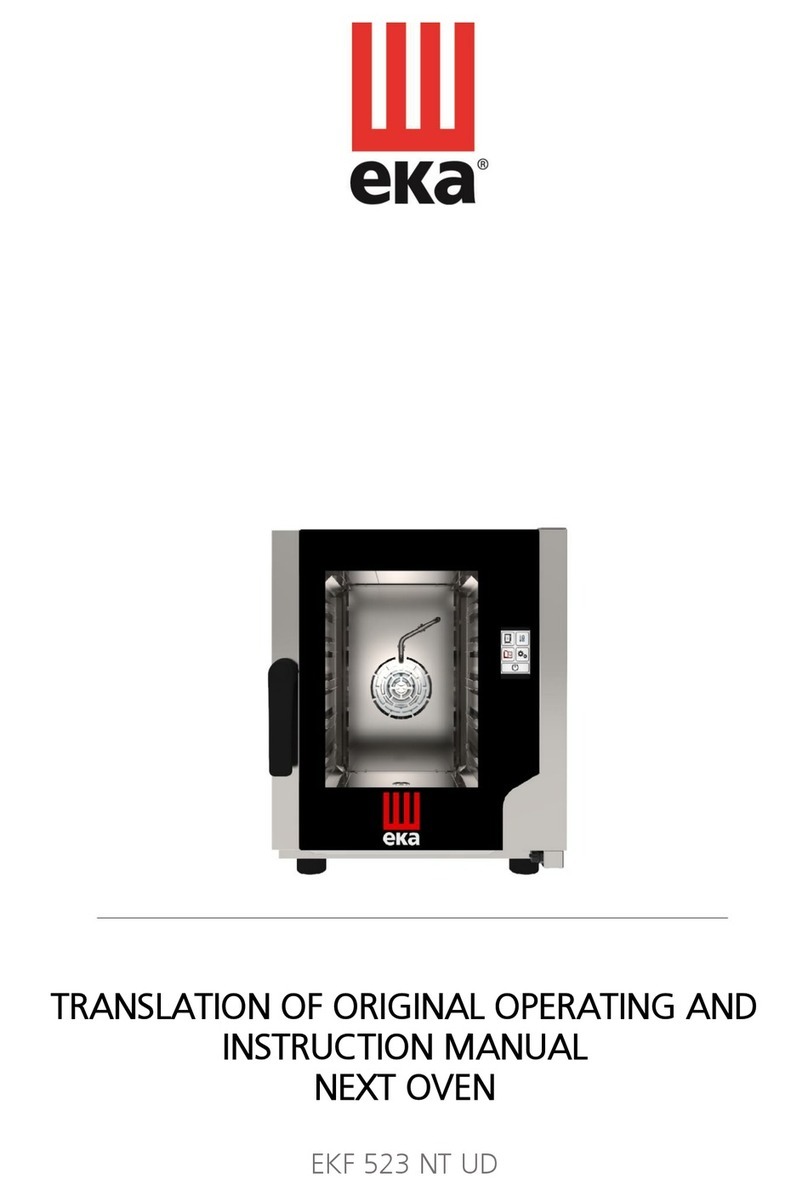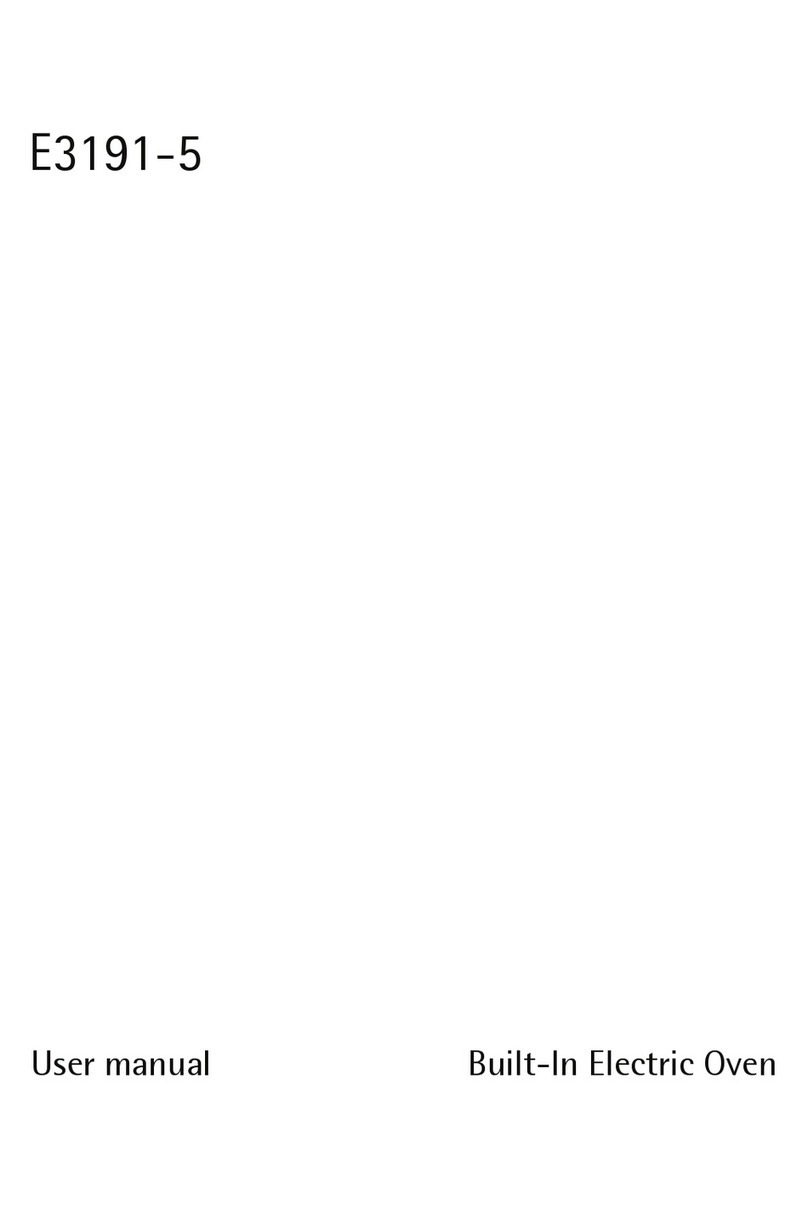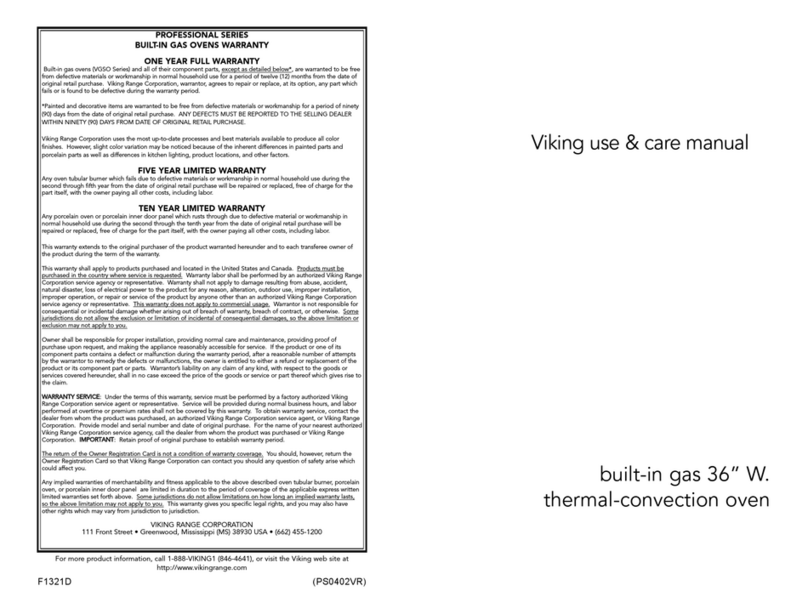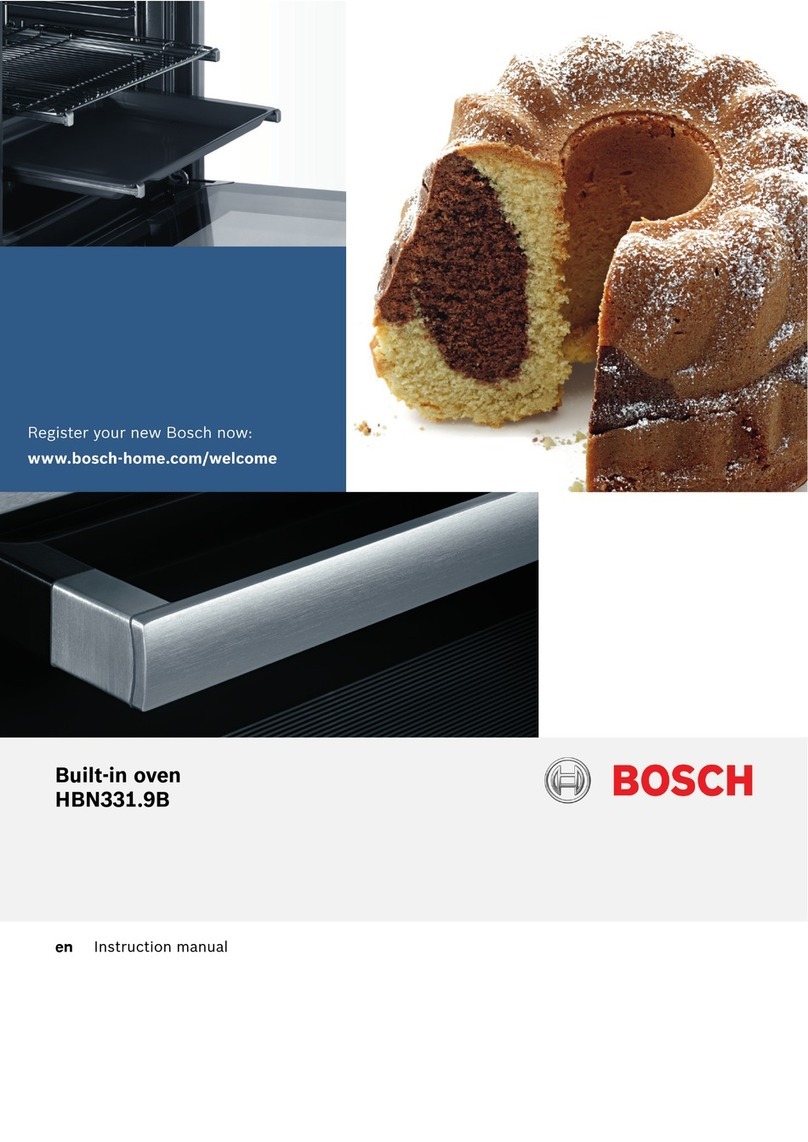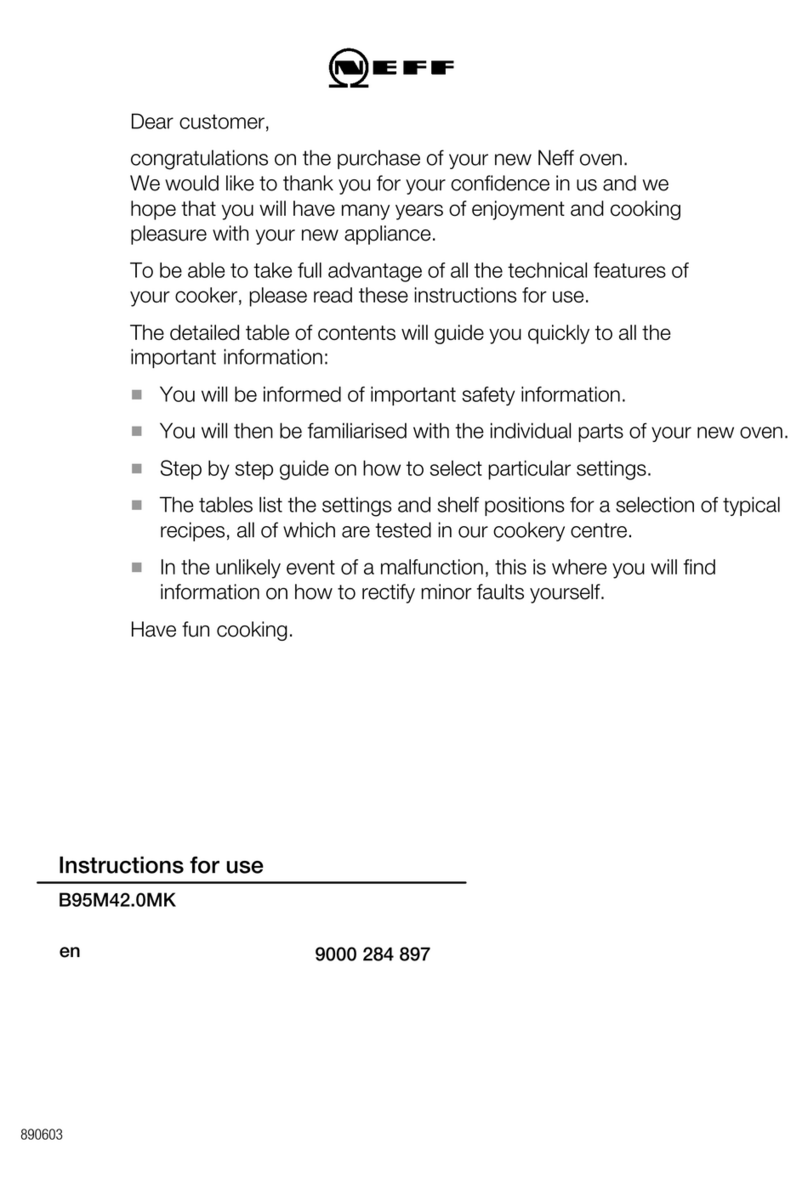'
/*
Precautions and tips
! This appliance has been designed and
man fact red in compliance with international safety
standards. The following warnings are provided for
safety reasons and m st be read caref lly.
General safety
The appliance was designed for domestic se
inside the home and is not intended for
commercial or ind strial se.
The appliance m st not be installed o tdoors, even
in covered areas. It is extremely dangero s to
leave the appliance exposed to rain and storms.
When moving or positioning the appliance, always
se the handles provided on the sides of the oven.
Do not to ch the appliance with bare feet or with
wet or damp hands and feet.
The appliance m st be sed by ad lts only for the
preparation of food, in accordance with the
instr ctions provided in this booklet.
Do not touch the heating ele ents or certain
parts of the oven door when the appliance is in
use; these parts beco e extre ely hot. Keep
children well away fro the appliance.
Ens re that the power s pply cables of other
electrical appliances do not come into contact
with the hot parts of the oven.
The openings sed for the ventilation and
dispersion of heat m st never be covered.
Always grip the oven door handle in the centre:
the ends may be hot.
Always se oven gloves when placing cookware
in the oven or when removing it.
Do not se al mini m foil to line the bottom of the oven.
Do not place flammable materials in the oven: If
the appliance is switched on accidentally, the
materials co ld catch fire.
Always make s re the knobs are in the l/¡
position when the appliance is not in se.
When npl gging the appliance, always p ll the pl g
from the mains socket; do not p ll on the cable.
Never perform any cleaning or maintenance work
witho t having disconnected the appliance from
the electricity mains.
If the appliance breaks down, nder no
circ mstances sho ld yo attempt to perform the
repairs yo rself. Repairs carried o t by
inexperienced persons may ca se inj ry or f rther
malf nctioning of the appliance. Contact a Service
Centre (see Assistance).
Do not rest heavy objects on the open oven door.
Disposal
When disposing of packaging material: observe local
legislation so that the packaging may be re sed.
The E ropean Directive 2002/96/EC relating to
Waste Electrical and Electronic Eq ipment (WEEE)
states that ho sehold appliances sho ld not be
disposed of sing the normal solid rban waste
cycle. Exha sted appliances sho ld be collected
separately in order to optimise the cost of re- sing
and recycling the materials inside the machine,
while preventing potential damage to the
atmosphere and to p blic health. The crossed-o t
d stbin is marked on all prod cts to remind the
owner of their obligations regarding separated waste
collection. For f rther information relating to the
correct disposal of exha sted ho sehold
appliances, owners may contact the p blic service
provided or their local dealer.
Respecting and conserving the
environment
Yo can help to red ce the peak load of the
electricity s pply network companies by sing the
oven in the ho rs between late afternoon and the
early ho rs of the morning. The cooking mode
programming options, the delayed cooking
mode (see Cooking modes) and delayed
a tomatic cleaning mode (see Care and
Maintenance) in partic lar, enable the ser to
organise their time efficiently.
Always keep the oven door closed when sing the
BARBECUE and GRATIN modes: This will achieve
improved res lts while saving energy
(approximately 10%).
Check the door seals reg larly and wipe them clean
to ens re they are free of debris so that they adhere
properly to the door, th s avoiding heat dispersion.












